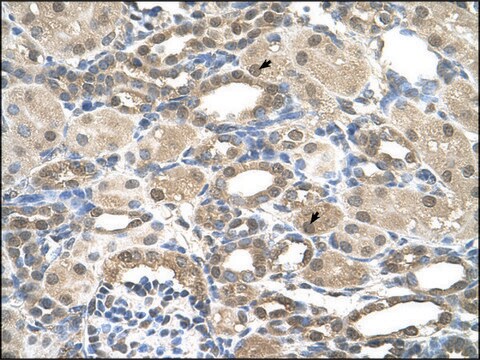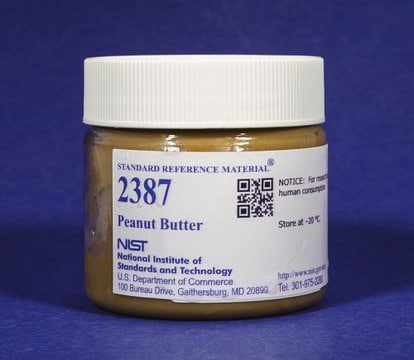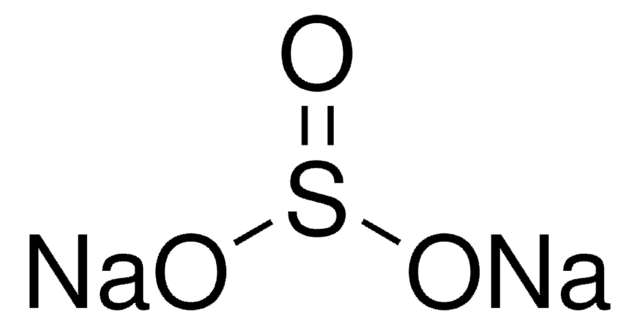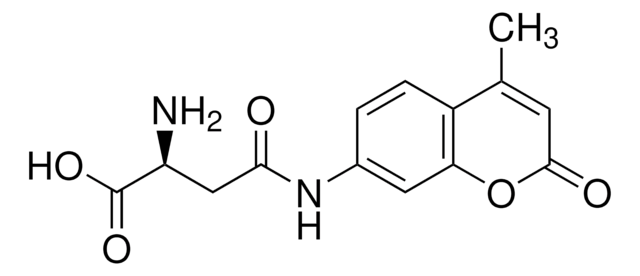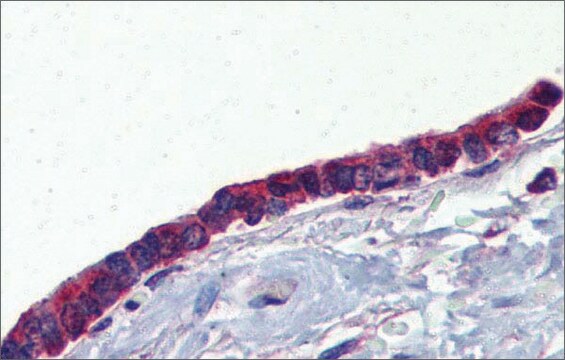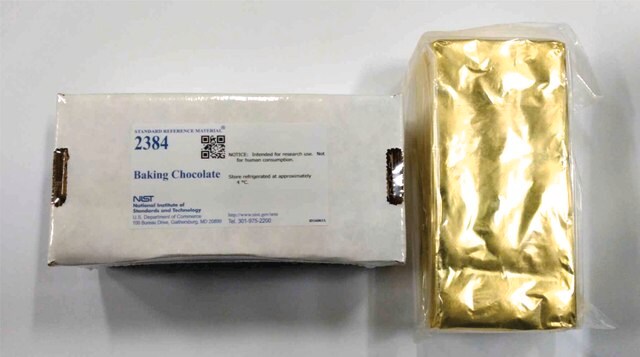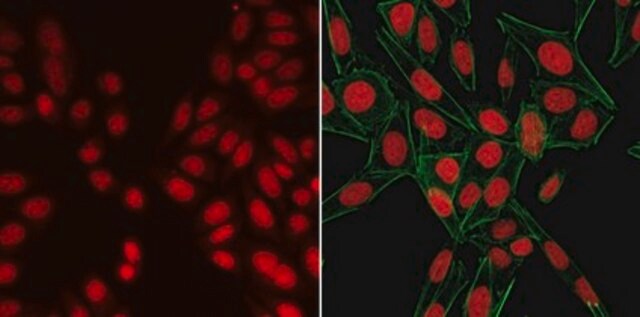Descrizione generale
Heterogeneous Nuclear Ribonucleoproteins (hnRNP) are RNA binding proteins that form complexes with heterogeneous nuclear RNA (hnRNA). HnRNPs regulate pre-mRNA processing, metabolism and nuclear cytoplasmic shuttling. Specific HnRNPs have unique nucleic acid binding properties. Heterogeneous Nuclear Ribonucleoprotein H3 has been identified as an autoantigen for acute anterior uveitis. Heterogeneous Nuclear Ribonucleoprotein H3 may be involved in pre-mRNA splicing associated with inflammatory bowel disease (IBD).
Specificità
Anti-HNRPH3 polyclonal antibody reacts with canine, chicken, zebrafish, human, mouse, rat, and bovine Heterogeneous Nuclear Ribonucleoprotein H3 proteins.
Immunogeno
Synthetic peptide directed towards the N terminal region of human HNRPH3
Applicazioni
Anti-HNRPH3 polyclonal antibody is used to tag the heterogeneous nuclear ribonucleoprotein H3 for detection and quantitation by Western blotting and in plasma by immunohistochemical (IHC) techniques. It is used as a probe to determine the presence and roles of heterogeneous nuclear ribonucleoprotein 3 in diseases such as acute anterior uveitis and inflammatory bowel disease (IBD).
Azioni biochim/fisiol
HNRPH3 belongs to the subfamily of ubiquitously expressed heterogeneous nuclear ribonucleoproteins (hnRNPs). The hnRNPs are RNA binding proteins and they complex with heterogeneous nuclear RNA (hnRNA). These proteins are associated with pre-mRNAs in the nucleus and appear to influence pre-mRNA processing and other aspects of mRNA metabolism and transport. While all of the hnRNPs are present in the nucleus, some seem to shuttle between the nucleus and the cytoplasm. The hnRNP proteins have distinct nucleic acid binding properties. The protein has two repeats of quasi-RRM domains that bind to RNAs. It is localized in nuclear bodies of the nucleus. This protein is involved in the splicing process and it also participates in early heat shock-induced splicing arrest by transiently leaving the hnRNP complexes.This gene belongs to the subfamily of ubiquitously expressed heterogeneous nuclear ribonucleoproteins (hnRNPs). The hnRNPs are RNA binding proteins and they complex with heterogeneous nuclear RNA (hnRNA). These proteins are associated with pre-mRNAs in the nucleus and appear to influence pre-mRNA processing and other aspects of mRNA metabolism and transport. While all of the hnRNPs are present in the nucleus, some seem to shuttle between the nucleus and the cytoplasm. The hnRNP proteins have distinct nucleic acid binding properties. The protein encoded by this gene has two repeats of quasi-RRM domains that bind to RNAs. It is localized in nuclear bodies of the nucleus. This protein is involved in the splicing process and it also participates in early heat shock-induced splicing arrest by transiently leaving the hnRNP complexes. Multiple alternative transcript variants seem to be present for this gene and some appear to have intronic regions in the mRNA. Presently, only two transcript variants are fully described.
Sequenza
Synthetic peptide located within the following region: DYQGRSTGEAFVQFASKEIAENALGKHKERIGHRYIEIFRSSRSEIKGFY
Stato fisico
Purified antibody supplied in 1x PBS buffer with 0.09% (w/v) sodium azide and 2% sucrose.
Esclusione di responsabilità
Unless otherwise stated in our catalog or other company documentation accompanying the product(s), our products are intended for research use only and are not to be used for any other purpose, which includes but is not limited to, unauthorized commercial uses, in vitro diagnostic uses, ex vivo or in vivo therapeutic uses or any type of consumption or application to humans or animals.
